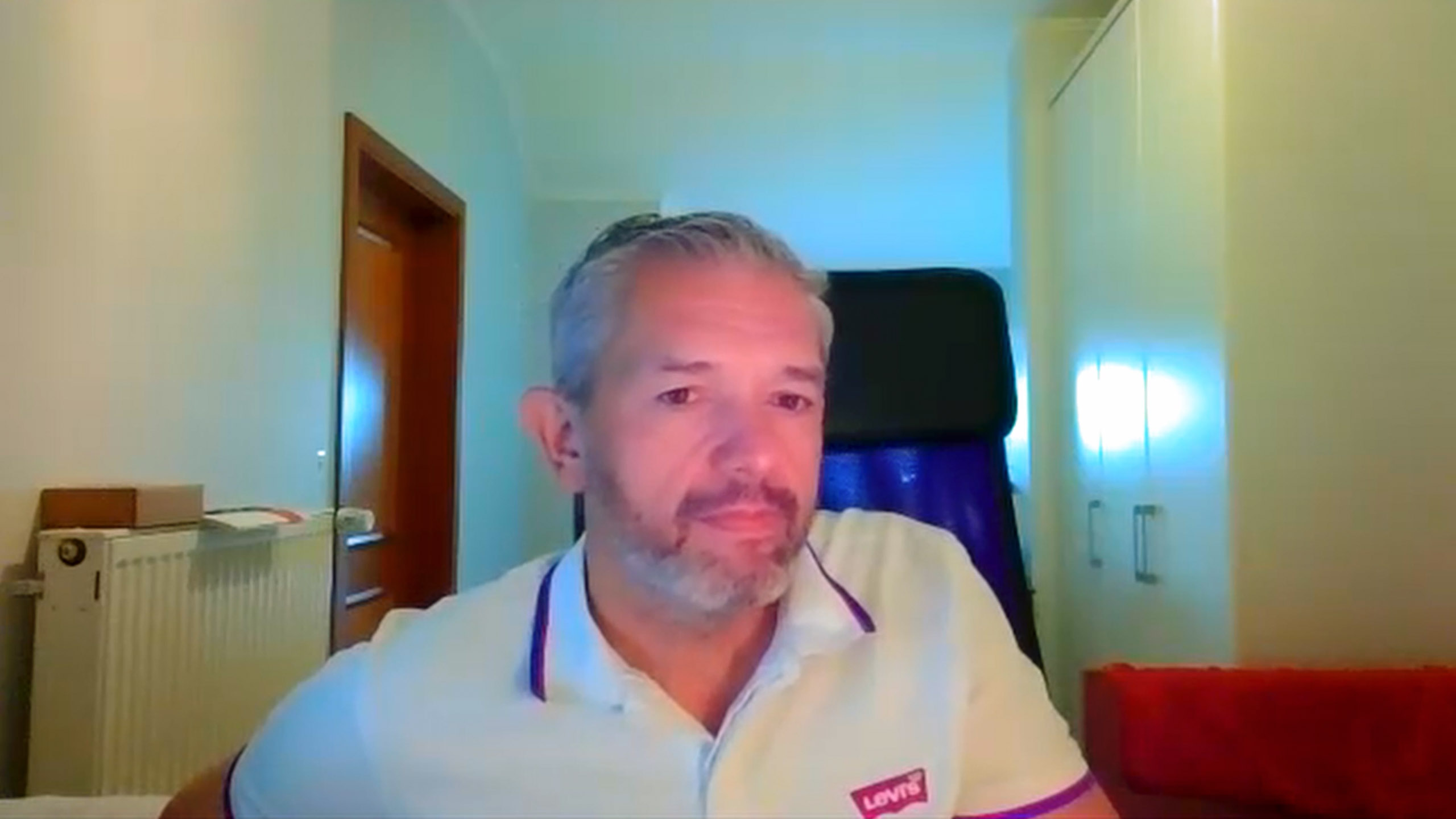
Evolution of Amazon's Logistics Network
Former VP, Amazon Logistics Europe
inpractise.com/articles/amazon-eu-logistics-net-buildout
Why is this interview interesting?
- The evolution of Amazon’s fulfilment network from individual countries to Europe-wide
Philippe Hemard
Former VP, Amazon Logistics Europe
Interview Transcript
Philippe, a pleasure to have you with us. Could you provide some context to when you joined Amazon in 2000 and the state of the network, in Europe?
Back in 2000, we had just started in France. France opened 29th August, 2000. There were only two countries open, which were UK and Germany, which were both opened in 1998. When I say opened, it’s not really open, because Amazon bought two companies – one in the UK and one in Germany – to start up their business in those countries. In France, one of the particularities was that they couldn’t buy anybody because there was nobody to buy and, therefore, they started from scratch. At that time, we were only selling four products. Books, obviously, CDs, DVDs and software and video games. Those were the only things sold on Amazon, at that time, which was the case, by the way, everywhere in the world; in the US, the UK and Germany too.
Therefore, there were three websites and there were three fulfilment centers. One in the UK, one in Germany and the one that we had just opened in France, when I joined. I’d been hired to oversee the logistics for France and I set up the first fulfilment center and the first distribution network.
What are the specific differences between the way that Europe is structured, versus the US, in terms of logistics and networks?
Not too many, if you consider each country as a country. If you compare France and the US and UK and Germany, there is not much difference. Originally, there was one website, one fulfilment center. Now in the US, in 2000, in the US, there were maybe three or four fulfilment centers. There was Seattle, one of the historic ones. There was one Reno, in Nevada and there was one in Delaware, that I visited, when I joined. There were maybe one or two others, but no more than that. There was no difference in the structure. Each of the websites had their own catalogue and had each of the websites had one – or in the case of the US, several – fulfilment centers. In Europe, it was one for one; one fulfilment center per website. The products in the fulfilment centers were sent to everyone ordering on the website they had chosen. For example, if you were French and you wanted to buy on amazon.co.uk, you were able to do it. You had to log on to amazon.co.uk and you would receive, from the UK, the product that you bought. That was the structure and it was the same in Germany and in France.
Each website was sending all around the world, by definition. They were able to ship everywhere, but you had to go onto the website that you were sourcing the product from.
How has the network evolved, in Europe?
In Europe, it took almost 10 years, but we morphed it from this one to one relationship between the fulfilment center and website to the European fulfilment network, where every product in Europe could be seen in every website in Europe and could be fulfilled from any fulfilment center, in Europe, more or less. Of course, there were some restrictions. For example, with an electronic product, with a UK plug, you cannot sell that to continental Europe and vice versa. Also, when the product is not allowed to be sold, because it is not compatible in that market. But globally, at the large scale, I would say that it is a unionized market, where products are sold anywhere in Europe and fulfilled to anywhere in Europe.
Copyright Notice
This document may not be reproduced, distributed, or transmitted in any form or by any means including resale of any part, unauthorised distribution to a third party or other electronic methods, without the prior written permission of IP 1 Ltd.
IP 1 Ltd, trading as In Practise (herein referred to as "IP") is a company registered in England and Wales and is not a registered investment advisor or broker-dealer, and is not licensed nor qualified to provide investment advice.
In Practise reserves all copyright, intellectual and other property rights in the Content. The information published in this transcript (“Content”) is for information purposes only and should not be used as the sole basis for making any investment decision. Information provided by IP is to be used as an educational tool and nothing in this Content shall be construed as an offer, recommendation or solicitation regarding any financial product, service or management of investments or securities.
© 2025 IP 1 Ltd. All rights reserved.


